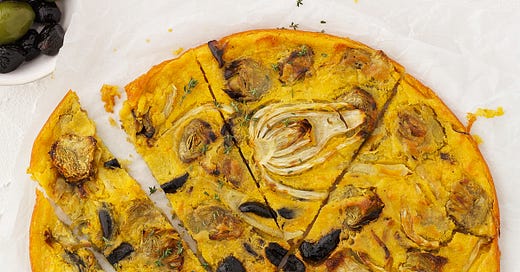The Mediterranean Riviera: Rustic Roots, Refined Flavors
From Italy to the South of France, the region boasts a unique blend of simple yet sophisticated flavors.
I already felt the warmth of the morning spring sun on my face as we walked away from the train station in Monterosso. The trail ahead rapidly ascended. I began to sweat and was happy we filled our i…



